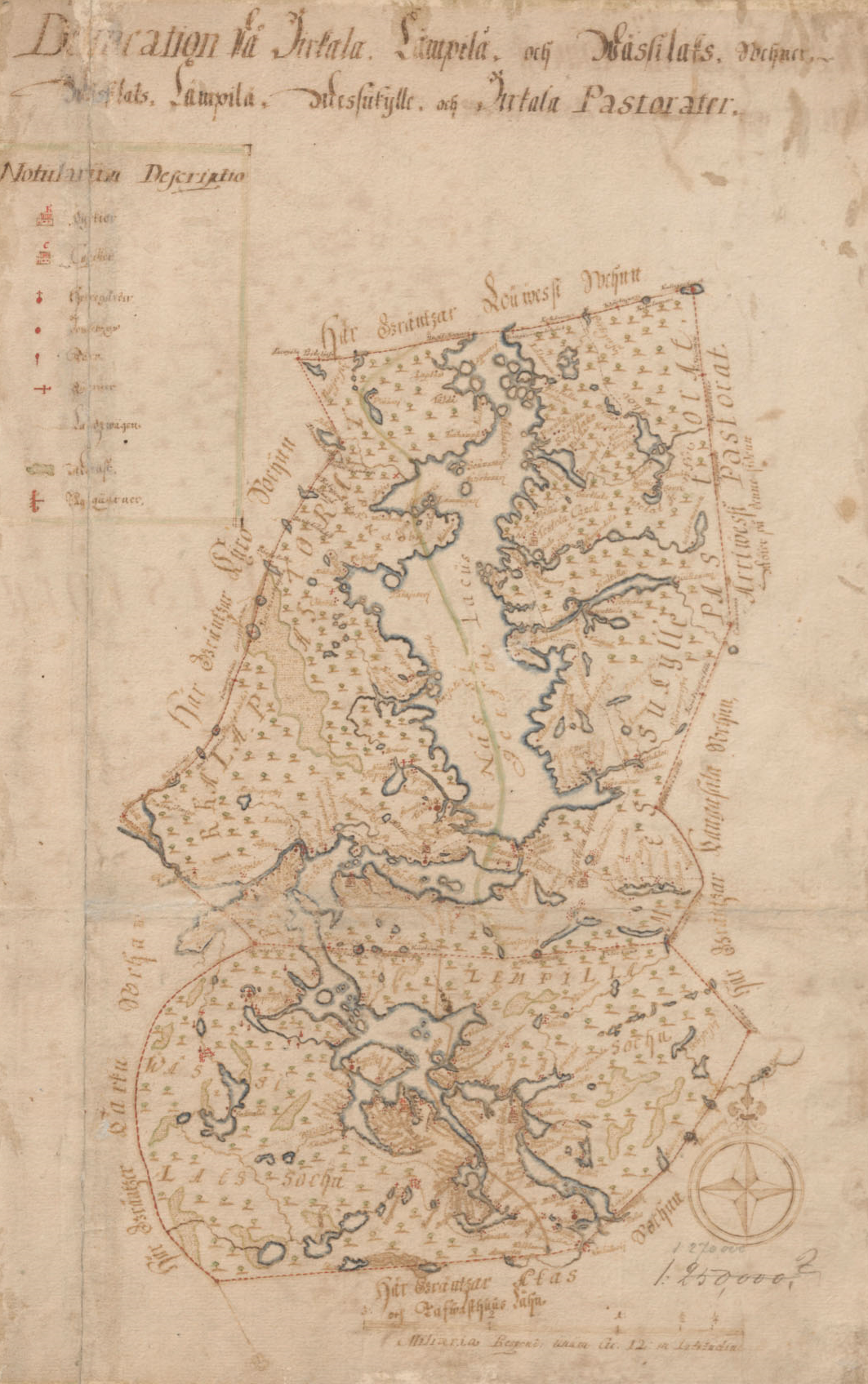One of the most underrated forms of historical research among Finnish historians has been demographic research. However, this has not always been the case. Early Social History relied on the numbers produced by the new statistics. In the 1970s, demographic research, the building of databases and the use of information technology as a tool for historical research was the latest novelty, aiming to produce a social history from below, which based on large individual data of everyday life. The Finnish history subject of the University of Tampere’s history department, under the leadership of Viljo Rasila, and the University of Helsinki’s economic and social history discipline were at the forefront of development. As a result of Tampere’s migration project (MUULI) funded by the Academy of Finland and the “Workers of Tampere” projects, one of the classics of Finnish history research was born: Pertti Haapala’s dissertation “In the light of the Factory” (Tehtaan valossa), whose research results are still at the heart of today’s debate on industrialisation, as those who listened to the presentations at the sessions of the World Economic History Congress in Boston (WEHC 2018) can acknowledge. The international debate on the impact of industrialisation on the standard of living of workers continues to be multifaceted.
Tampere’s migration project and material was completed, but the materials of Helsinki’s and Turku’s migration projects were unfinished despite subsequent attempts to put those together as well. Since then, Tampere’s material (MUULI) has been transferred according to the requirements of the times, first in Excel format on floppy disks, then on CD-ROMs, and now the material takes up a small fraction of the capacity offered by mass storage devices. When transferring to Excel, a problem was caused by the 256 columns provided by the first Excel software, which was far too small for the thousands of variable data collected by Pertti Haapala and Heikki Siipo. Nowadays, Excel and more developed database programs offer unlimited possibilities for detailed information retention and analysis. After the days of the migration project, the Finnish population history was left to Kari Pitkänen and to the demographers: “Finnish Population” (Suomen Väestö) is a very good book about the subject. Reasonable population analyses were found in the local history books, but actual academic enthusiasm was small. From the end of the 1980s, people’s interest focused more on “nation-building,” such as the study of popular movements. These were also studied as cultural or political rather than economic and social-historical phenomena. And when ‘national’ databases were compiled, such as the War Victims of Finland 1914-1922, answers were sought, above all, from issues of political history. Population history research does not contradict any other area of historical research.
On the contrary, a well-built population history database offers good opportunities to deepen research questions in other areas of history. What was fashionable in Finland in the 1970s and 1980s is still fashionable internationally, but Finland has lagged behind development. “Historical Population Registers and Population Databases”, an article written by Kari Pitkänen in 1998, shows that the best Finnish population history researchers had knowledge, but the tools for conducting research began to grow obsolete. Population history databases built elsewhere in the world served the research in an unprecedented way. Sweden stepped into the forefront of development thanks to the Umeå, Lund and Stockholm databases, which e.g. American scientists began to use. What was paradoxical was that Sweden and Finland had similar population registers on account of the centralised nature of the Swedish state. In Finland, these were simply not used. It was clear that Pitkänen was angry:
“There are no similar historical population databases commonly used by researchers in Finland. Material has been collated in some projects, and the core of demographic databases has been created at least in the parishes of Åland and part of Eastern Finland. However, we still have a long way to go until we have suitable databases of the entire Finnish population. In the near future, it is unlikely that Finnish historical population databases will be available for the general use of researchers. The current research funding policy does not provide good opportunities for the long-term work that would be needed to create and maintain a much larger historical population database. Finnish research that utilises population databases will, for the foreseeable future, mostly have to rely on the use of databases maintained in other countries. This is paradoxical, as the historical population registers suitable for the compilation of demographic databases are considered to be the best in the world, taking into account the temporal dimension, the diversity of data and the quality of the registers.”
This was what Kari Pitkänen wrote in 1998. It was also difficult to foster co-operation, because in the atmosphere of the depression of the 1990s the public sector should have made money. Gradually, during the 21st century, cooperation between the various parties improved significantly, and the digitisation of the material accelerated with separate funding. In the context of the actual population history databases, the situation presented by Pitkänen in 1998 is quite true even today, although Finnish genealogists have collected a lot of data. For example, Hiski and Katiha have created databases that have also been used by historians. On this path, the HoPES (Tampere Research Group for History of Population, Environments and Social Structures) will continue. Our goal is to create a comprehensive population history database that can be immediately exploited in the research. In addition to demographic data, the database will include variables associated with the region, household and income. The aim is to collaborate with the world’s best population database creators, learn from them and develop comparative research with them.

